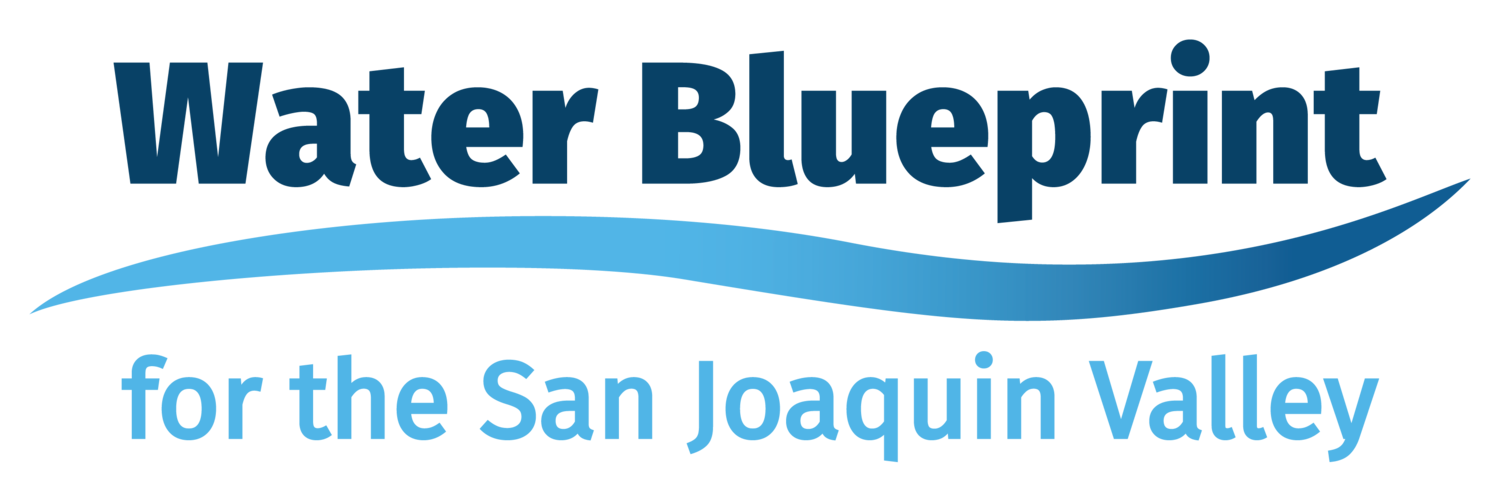When Californians in other parts of the state think about infrastructure, they think about the roads and bridges that take them to school and work.
When they think about their water supply, they think about the water that flows out of the faucet or the shower.
When they think about drought, they think about the local ordinances that force them to turn off the sprinklers that keep their lawns green.
But here in the Central Valley, infrastructure, water supply and drought mean so much more — after all, they don’t just impact our quality of life, but our very livelihoods.
That’s the reason there’s so much at stake for our region when it comes to maintaining and improving our state’s aging water infrastructure, which is in desperate need of the kind of financial investment that only the federal government can provide.
We know the importance of the complex system of reservoirs, dams, canals, treatment plants and pipelines that not only bring water to the taps in our homes, schools and businesses, but also to the fields that surround our homes, employ thousands of people across the region and feed the world.
We know the combination of drought and an unreliable water supply that is unable to support our state’s growing population in a sustainable way threatens hundreds of thousands of acres of the most productive farmland in the world, destroying thousands of jobs, causing millions of dollars in lost wages, sending families to food banks and ultimately creating an environment where crimes and violence increase.
Without a significant federal investment in our deteriorating water infrastructure system, California will continue to expend more power and money moving less water through the system every year. Californians could also face a repeat of the Oroville Dam crisis, which not only threatened to flood the homes of nearly 200,000 residents but also local schools and hospitals.
As a result of years of neglect and inadequate funding, our failing water infrastructure is also hurting our water supply. That’s a problem because when water supplies are short, the communities most in need are the first to suffer, facing not only increased costs but also shortages. Farmers face hard decisions about what we can plant, making it more challenging to not only help stock grocery stores with healthy food as we have done throughout the pandemic, but also to continue employing the hard-working people who count on us for a steady paycheck. The health of our environment will continue to suffer, and turning on the faucet may no longer be a guarantee of this life-sustaining resource.
That’s the reason a coalition of more than 200 farm organizations, and urban and rural water districts have joined together to urge the federal government to provide robust funding for water infrastructure projects this year. In addition to fixing what is already in place, this is an opportunity to “Build Back Better” as the Biden administration says it wants to do.
A robust funding package allows us to not only repair existing infrastructure, but also to invest in new ways of doing things to prepare for the next, inevitable drought. Given the realities of a changing climate, we know we need to build new storage for both surface and ground water to capture rain during wet years and help mitigate shortages during dry years. This funding will also allow for significant investments in habitat restoration projects, which are critical to restoring health ecosystems that are now tied to water supply reliability.
Addressing the critical needs of our water infrastructure does so much more than secure our water future. It will create jobs and help our economic recovery, address some of the challenges in the system by making sure our small rural communities are not the last in line for reliable, clean water, better protect the environment and help maintain a safe and abundant local food supply.
For these reasons, we need our entire Central Valley delegation and all our federal partners to lead the way in making these critical funding investments, which will help us build a better future for the Central Valley, for California and the nation.
William Bourdeau
Director, Westlands Water District
Article originally featured in the Valley Ag Voice

